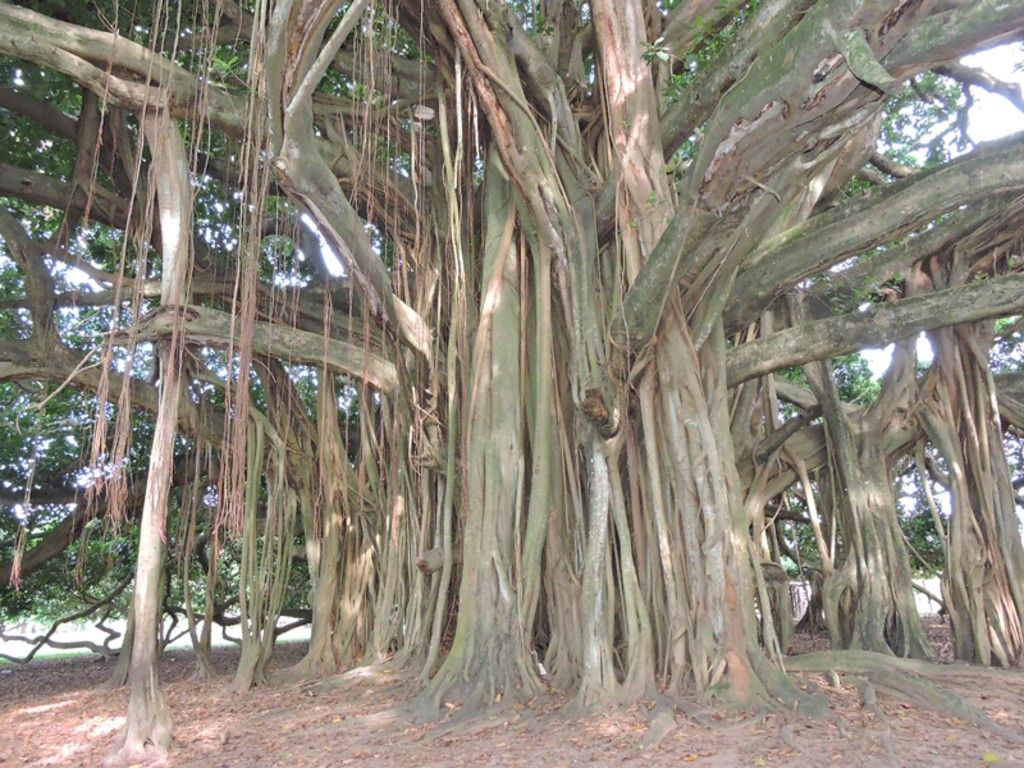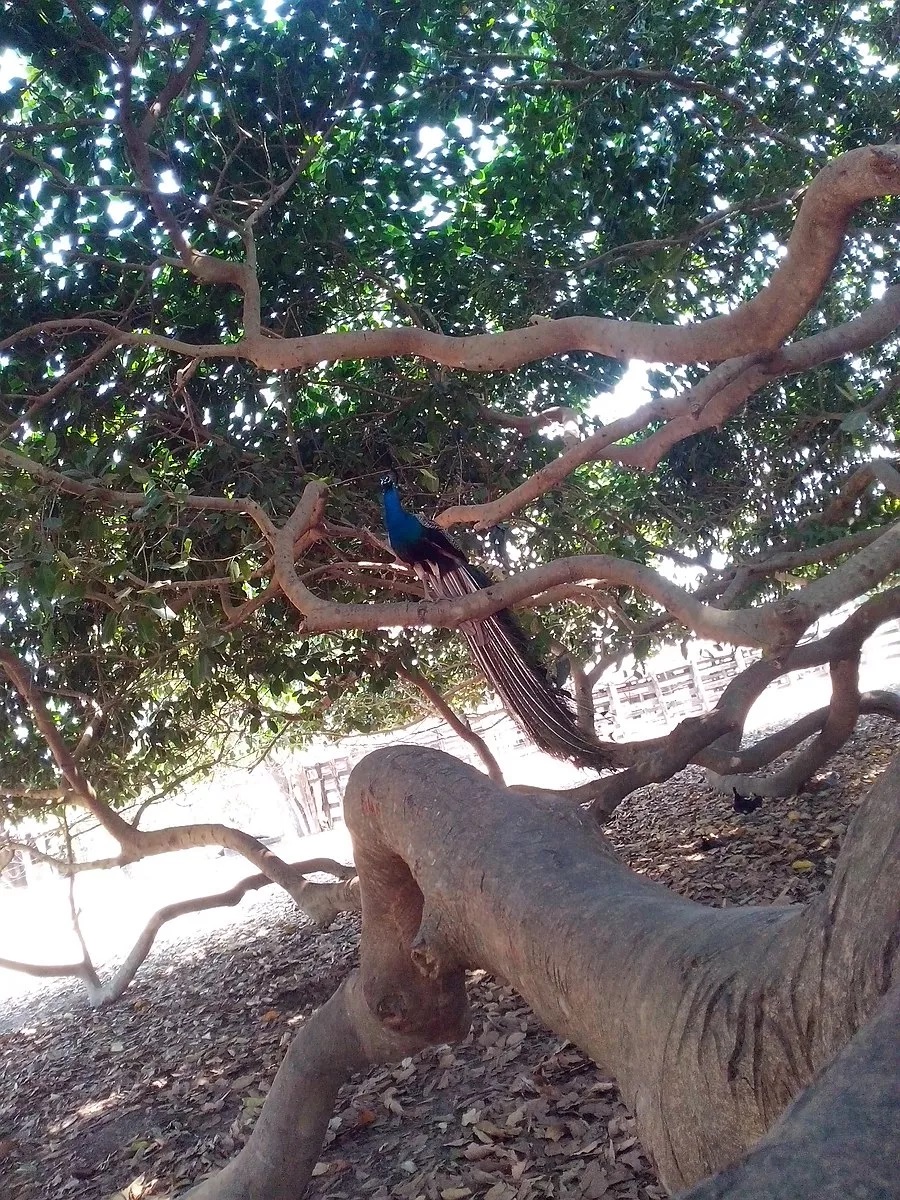There is a tree in Colombia’s Caribbean region that some mistakenly refer to as ‘The Tree of Guacar,’ which was another large tree in the same spot that looked quite similar to the tree we are currently exhibiting.
That tree, also known as the Samán of Guacar, was portrayed on Colombian 500 peso coins in the 1990s. A Samanea saman, sometimes known as a rain tree, was cut down in 1989 as its thick branches began to detach.

The tree detailed on this page, on the other hand, is unique. It appears to be another well-known Samanea saman, but it isn’t. No, it’s a Ficus, sometimes known as the fig tree, a popular decorative plant found in gardens and homes all over the world. And it’s grown significantly.
From a distance, the gigantic fig, known as Columbia’s largest tree, may be mistaken for a hill. Indeed, as you get closer, you start to feel dwarfed until you’re utterly dwarfed. That’s understandable given that this monster is believed to be 30 meters tall and 75 meters in circumference (we couldn’t find exact proof, but the photos look to back this up).

The tree has beautiful foliage that resembles a green mountain, with branches kissing the ground as though thanking Mother Nature. They not only kiss the ground, but they also act as tree-generated supports, with aerial roots sprouting from the branches furthest from the stem.
It’s a lovely sight. Being beneath this gigantic tree, according to Viajar en Verano, provides the feeling of being in the basement of a large building, with many columns supporting the massive mass. It is known as ‘The Tree That Walks’ in Latin America because of the ‘feet’ with which it ensures its growth. Indeed, the pillars it has constructed are like limbs via which it advances to cover a larger area with its branches in order to catch more direct sunlight or find more fertile ground to feed on.

What’s more, the San Marcos Tree isn’t exactly a tree. It’s a tree grove.
Ral Ospino Rangel, a historian, discusses the genesis of the green mass in great detail.
It all started in 1964, when the owner of the Alejandra farm attempted to save a yellow cedar tree he had planted. They put six fig tree rods around the young cedar to discourage the animals from damaging it.

Instead of protecting the cedar tree, the fig tree struts sprouted buds and then branches, which eventually consumed and devoured the yellow cedar.
As a result, the ‘Giant Fig of San Marcos’ is composed of six distinct plants joined and strengthened by aerial roots that act as ground supports.

If you ever find yourself on Colombia’s Atlantic coast, make a point of stopping in San Marcos to be enveloped by the leafy limbs of ‘The Most Beautiful Tree in Colombia.’ The gigantic ‘green mountain’ may be seen from afar for the first time about three kilometers before approaching the Alejandra farm.
When one is shielded by the branches of this tree, one is energized by its great energy. We can only hope it lasts a long time.






